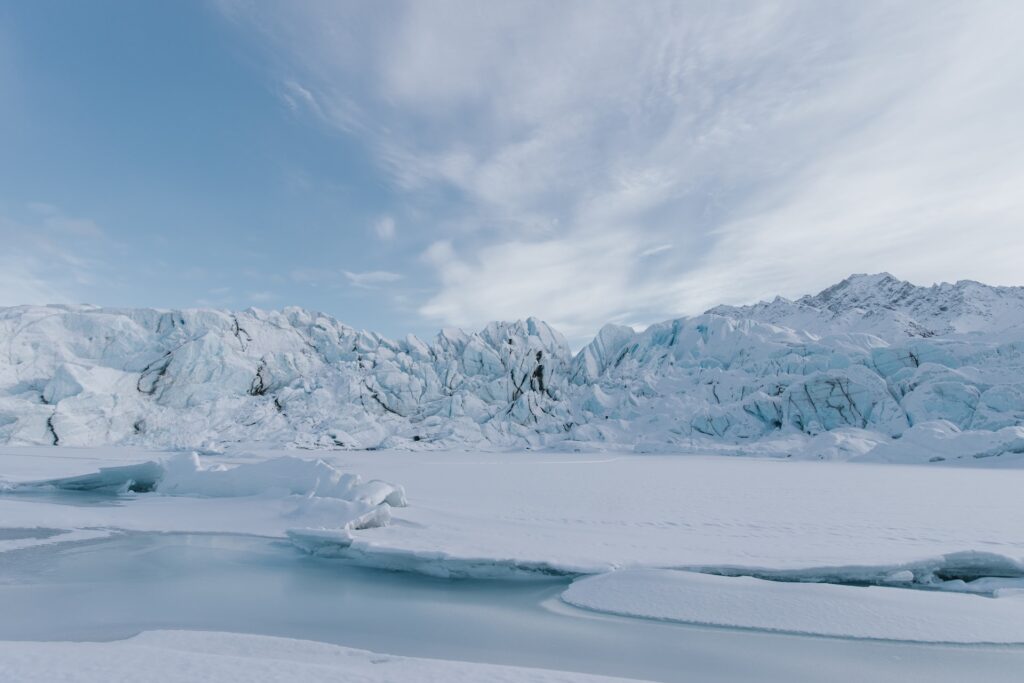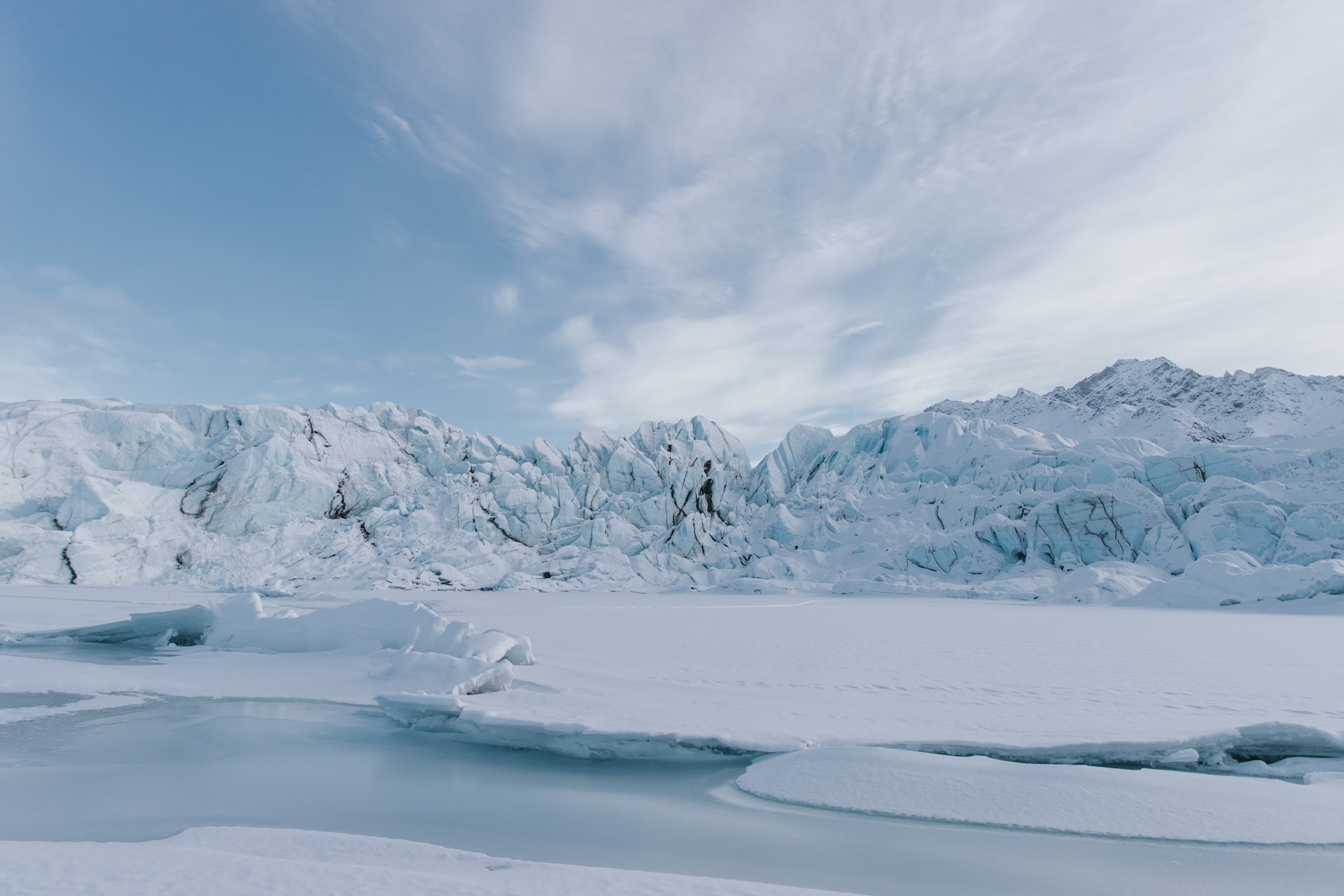The quick answer is “No, there are no permanent human settlements at the North Pole”.
The North Pole is one of Earth’s most mysterious and least-explored regions. It is a place of extreme cold, harsh weather conditions, and unique natural phenomena. Whether anyone lives in the North Pole is fascinating, and it requires an understanding of the geography, history, and current state of affairs in this remote region.
Definition of the North Pole
The North Pole is the point on Earth that lies 90 degrees north latitude. It is located in the middle of the Arctic Ocean and is characterized by its icy waters and floating sea ice. The area surrounding the North Pole is known as the Arctic region and includes parts of Canada, Greenland, Russia, Norway, Sweden, Finland, Iceland, and Alaska.
Common Misconceptions about the North Pole
Several misconceptions about the North Pole are worth clarifying before delving deeper into this topic. Firstly, it’s important to note that while there are no permanent human settlements at or near the geographic North Pole itself – people do live in nearby areas like Svalbard or on scientific research stations closer to landmasses – it does not mean that life cannot exist there at all.
Secondly, contrary to popular belief – polar bears do not inhabit the South Pole with penguins! Polar bears solely dwell in areas around the North Pole.
Overview of the Question: Does Anyone Live at the North Pole?
Whether anyone lives at the North Pole reveals much about our curiosity about this remote region. While it may seem like a simple yes or no answer at first glance – there’s much more to consider when answering this question than what meets our eyes initially. To answer it correctly, we need to examine its geography, history, and current state of affairs to understand better this elusive and enigmatic region and the life that potentially exists within it.
The Geography of the North Pole
The North Pole is the northernmost point on Earth and is in the Arctic Ocean. Unlike the South Pole, located on a continent, the North Pole is covered by sea ice year-round.
The Arctic Ocean surrounds the North Pole and connects to other bodies of water like the Atlantic and Pacific Oceans. The area around the North Pole is also known as the Arctic region.
Location and Climate
The North Pole is approximately 90 degrees north latitude, where all longitude lines meet. The climate at the North Pole is classified as polar or tundra, with long, dark winters and short summers.
Average winter temperatures can reach as low as -50°C (-58°F), while average summer temperatures range between 0-10°C (32-50°F). Due to its extreme location, sunlight only reaches parts of this region for a few months each year.
The Arctic Ocean and its Surrounding Landmasses
The Arctic Ocean covers an area of approximately 14 million square kilometers (5 million square miles), making it the smallest ocean in size but one of the most important in global climate systems. It contains enormous amounts of sea ice that forms during winter months due to cold air blowing over it from adjacent land masses like Russia, Canada, Greenland, and Alaska, among others. Many countries surround this region, including Canada, Norway, Sweden, Finland, Russia, Iceland, Denmark (Greenland), United States (Alaska). However, no countries claim ownership over any part of the ocean itself, leading to disputes over resources that lie beneath or near these waters, such as oil reserves.
Natural Resources and Wildlife
Despite having one of Earth’s harshest climates, the Arctic region is home to various plant and animal life. Some of the most iconic species found in this region include polar bears, walruses, Arctic foxes, muskoxen, reindeer, and caribou.
Large fish populations in the Arctic Ocean include salmon, cod, and herring. Additionally, oil reserves are believed to exist beneath the seabed surrounding the North Pole, leading to interest from countries such as Russia and Canada in exploring these resources.
The tundra landscape surrounding the North Pole features low-lying vegetation such as mosses and lichens rather than trees due to permafrost underneath much of this region’s soil. This creates a unique ecosystem that is vital for regulating global temperatures.
Historical Inhabitants of the North Pole
The North Pole has been inhabited for thousands of years by indigenous populations such as the Inuit, Yupik, and Sami people. These groups adapted well to living in the harsh Arctic climate, relying on hunting, fishing, and gathering for sustenance. They developed unique cultures, traditions, and languages that have been passed down from generation to generation.
The Inuit people are perhaps the best-known indigenous group of the Arctic region. They have lived in Alaska, Canada, and Greenland for centuries and are renowned for their ability to survive in extremely cold climates.
The Yupik people also inhabit parts of Alaska and Siberia, while the Sami people live in Norway, Sweden, Finland, and Russia. These groups have faced numerous challenges, including forced relocation by governments and losing traditional territories due to climate change.
Early Explorers
The quest to reach the North Pole began in earnest during the 16th century, with explorers such as Martin Frobisher attempting to find a northwest passage through Canada to Asia. However, it was not until 1909, when Robert Peary claimed to have reached the North Pole, that anyone had actually set foot on its surface.
Other notable explorers include Frederick Cook, who claimed he reached the pole just a few days before Peary, but his claim was disputed. Roald Amundsen, famous for being one of the first people to reach both poles, also attempted a North Pole expedition but was unsuccessful due to poor weather conditions.
Scientific Expeditions
In addition to exploration for exploration’s sake, scientific expeditions were launched with many different goals, such as advancing understanding of meteorology, studying ice formations, or wildlife biology. Several teams established research stations during these expeditions to observe the natural environment and its changes. These expeditions have contributed significantly to our understanding of the Arctic region and its critical importance to our planet’s climate.
Today, scientific research continues in the North Pole region with international teams collaborating on climate change, oceanography, atmospheric science, and wildlife ecology studies. Their findings are essential for developing strategies to mitigate this delicate ecosystem’s negative impacts.
Modern-Day Living at the North Pole
Research Stations and Their Inhabitants
The North Pole is home to several research stations, both permanent and seasonal. These stations are primarily scientific, studying climate change, oceanography, biology, geology, and other disciplines.
Many countries, including the United States, Canada, Russia, and Norway, have established research facilities in the North Pole region. The inhabitants of these research stations are typically scientists and support staff.
They work in harsh conditions, enduring long periods of darkness during the winter months and dealing with extremely cold temperatures year-round. Despite the challenges of living at such high latitudes, many researchers find the experience rewarding and choose to return season after season.
Tourism Industry in Arctic Regions
In recent years there has been a surge in tourism to arctic regions as people seek unique travel experiences. Visitors can participate in activities such as dog-sledding or viewing spectacular aurora borealis displays while staying at eco-lodges or visiting indigenous communities. However, tourism also has the potential to impact this delicate ecosystem negatively.
The increased traffic can lead to pollution and disturbance of wildlife, while visitors may not fully appreciate or understand the fragility of the Arctic environment. As such, balancing the demands of tourism with protecting this pristine region is an ongoing challenge for governments and conservationists.
Conclusion
After discussing the geography, history, and modern-day living conditions of the North Pole, it’s time to answer the question: Does anyone live there? The answer is no. While there are research stations and military outposts in the Arctic region, they are not technically located at the North Pole itself.
Additionally, while some indigenous populations have historically lived in regions surrounding the Arctic Ocean, they do not reside at the exact location of the North Pole. However, this doesn’t mean that people don’t have a presence in this area.
From scientific research to tourism expeditions, plenty of activity is still happening in and around the North Pole. The importance of understanding this region cannot be understated.
Understanding its geography and climate can help us better predict changes to our planet’s climate overall. And respecting its wildlife helps ensure its continued survival for generations to come.
Summary of Key Points
The North Pole is located at 90 degrees north latitude and is part of the Arctic Ocean. It experiences extremely cold temperatures falling as low as -70 degrees Celsius, with limited sunlight for much of the year.
While indigenous populations such as Inuit and Yupik people historically lived in regions surrounding the Arctic Ocean, there are no permanent residents within or on top of landmasses surrounding it. Research stations such as Barneo Station serve as temporary homes for scientists studying various aspects of life in icy conditions.
Meanwhile, military outposts like Thule Air Base maintain a presence on landmasses bordering parts of this ocean. Tourism expeditions allow visitors to experience unique landscapes while raising awareness about our planet’s critical environmental concerns.
An Optimistic Spin
Although no one permanently lives at or on top of landmasses surrounding the North Pole currently, nor has they ever lived there historically, it is still an incredibly important region due to its unique geography and climate. The research conducted in this area is crucial for better understanding how global climate change affects our planet. This, in turn, will enable us to develop solutions that can help preserve our planet’s health for generations to come.
Additionally, the tourism industry offers a unique opportunity for people from all over the world to experience the beauty of this region and become more invested in its conservation efforts. Ultimately, while no one may call the North Pole home, it is still a vital part of our planet that we must continue to study and appreciate.

